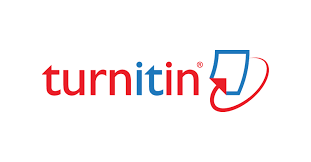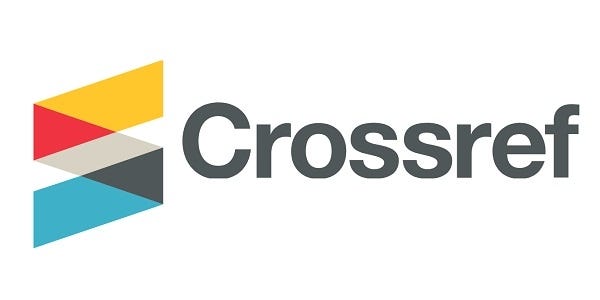Implementasi Kebijakan Penataan Reklame di Kota Tanjungpinang Sesuai Peraturan Walikota Nomor 70 Tahun 2021 Tentang Penyelenggaraan dan Tata Cara Izin Reklame
DOI:
https://doi.org/10.30656/3rhcp426Keywords:
Implementing policies, organizing advertisements, coordinating stakeholdersAbstract
The implementation of Tanjungpinang Mayor Regulation Number 70 of 2021 concerning the Implementation of Advertisements has created various dynamics since it was implemented in early 2022. This policy aims to improve the aesthetics, safety and usefulness of advertisements in city spatial planning, as well as encouraging Regional Original Income (PAD). However, its implementation faces challenges in the form of protests from billboard entrepreneurs, especially regarding the sealing of billboards that are considered unlicensed. Through a collaborative governance approach, this research explores the importance of coordination between stakeholders, such as the Public Works and Spatial Planning Department, DPMPTSP, BPPRD, and Satpol PP, to resolve conflicts and increase policy effectiveness. This research uses a qualitative method with a descriptive approach. Data was collected through in-depth interviews, documentation and literature study. Data analysis was carried out thematically by focusing on the dynamics of advertising policy implementation in Tanjungpinang based on collaborative governance theory. The results of research (1) show that increasing human resource capacity, (2) improving communication, and (3) increasing awareness among advertising organizers are very important for the successful implementation of this policy. In conclusion, this research emphasizes the need for a collaborative approach between stakeholders to achieve an orderly, safe and aesthetic urban environment in Tanjungpinang.
Keywords: Implementing policies, organizing advertisements, coordinating stakeholders
References
Ansell, C., & Gash, A. (2008). Collaborative Governance in Theory and Practice. Journal of Public Administration Research and Theory, 18, 543–571.
Bima, S. R., & Batubara, B. M. (2021). Peranan Satuan Polisi Pamong Praja dalam Penertiban Reklame di Kabupaten Deli Serdang. Strukturasi: Jurnal Ilmiah Magister Administrasi Publik, 3(2).
Fajri, N. A., & Abdullah, S. (2024). Evaluasi Tugas Satuan Polisi Pamong Praja Dalam Penertiban Reklame Di Kecamatan Tampan Pekanbaru. Journal of Public Administration Review, 1(2).
Hestiyana, F., Maesaroh, & Widowati, N. (2022). Analisis Karakteristik Inovasi Sistem Layanan Perizinan Terpadu (Silat) Dalam Perizinan Reklame Pada Dinas Penanaman Modal Dan Pelayanan Terpadu Satu Pintu Kota Bekasi. Journal of Public Policy and Management, 2(1).
Moleong, L. (2018). Metode Penelitian Kualitatif. PT Remaja Rosdakarya.
Pariadi, H., Rahmat, B., & Rosmajudi, A. (2024). Implementasi Kebijakan Tentang Pajak Daerah Di Kota Tasikmalaya(Studi Kasus Tentang Pengelolaan Pajak Reklame). 2024, 4(4).
Paridah, S., & Suparti, H. (2024). Implementasi Peraturan Daerah Nomor 28 Tahun 2013 Tentang Izin Penyelenggaraan Reklame Di Kabupaten Balangan. Jurnal Mahasiswa Administrasi Puiblik Dan Administrasi Bisnis, 7(1).
SaefulIkhsan, I., & Pikri, F. (2021). Pengawasan Pajak Reklame di Badan Pengelolaan Pendapatan Daerah Kota Bandung. Jurnal Birokrasi & Pemerintahan Daerah, 3(1).
Setiawan, I. (2019). Implementasi Peraturan Daerahnomor 28 Tahun 2011 Tentang Pajak Reklamedi Kabupaten Hulu Sungai Utara. PubBis : JurnalIlmu Administrasi Publik & Bisnis, 3(1).
Siregar, W., & Suri, D. M. (2018). Analisis Pelaksanaan Kebijakan Penataan Pemasangan Reklame Luar Ruangan Di Kota Pekanbaru. PUBLIKa, 4(1).
Downloads
Published
Issue
Section
License
Copyright (c) 2025 darsono darsono, Rudi Subiyakto, Okparizan Okparizan

This work is licensed under a Creative Commons Attribution-ShareAlike 4.0 International License.
All articles in Jurnal Desentralisasi dan Kebijakan Publik (JDKP) can be disseminated provided they include the identity of the article and the source of the article (Jurnal Desentralisasi dan Kebijakan Publik). The publisher is not responsible for the contents of the article. The content of the article is the sole responsibility of the author
Jurnal Desentralisasi dan Kebijakan Publik (JDKP) is licensed under a Creative Commons Attribution-ShareAlike 4.0 International License.










.png)
.png)







_new12.png)

